A Brief Talk on Trousers in Ancient China

Our ancestors invented hanfu trousers a long time ago. Archaeological evidence shows that trousers have a history of at least four or five thousand years in China. However, people’s knowledge of Hanfu pants is definitely not as extensive as that of some popular Hanfu styles. Here, I will systematically introduce the types of trousers in traditional Chinese culture and some interesting little stories. If you’re interested, feel free to keep reading.
I. Types of Trousers
Let’s first talk about the general types of trousers. Trousers can be basically divided into two categories: open-crotch trousers and closed-crotch trousers. Open-crotch trousers can be called “kù (袴)”.
Among them, “ku” can be further divided into two forms: those with a waistband and those without a waistband.
Trousers without a waistband are considered “jìng yī” (胫衣, leg coverings), while those with a waistband are still called “ku”. Closed-crotch trousers can also be divided into two types: “kūn (裈)” and “dāng (裆)”.
Are you a bit confused? 🤔 It doesn’t matter. You’ll understand after reading the explanations below.
1. Jìng Yī (Leg Wrappings)
In the Pre-Qin period, to keep warm, the ancients wore jingyi. Jingyi were a pair of trouser tubes, which were similar to today’s open-crotch pants. That’s why the ancients had specific etiquettes regarding their walking and sitting postures. Accidentally exposing oneself was considered a great breach of etiquette.
The length of jingyi only reached up to the calves. They had neither a crotch nor a waistband. Instead, they were fastened with cords that were tied around the area where the waistband would be. Doesn’t it kind of resemble the leg warmers worn by pretty girls in Japanese anime? However, jingyi were in an extended version.
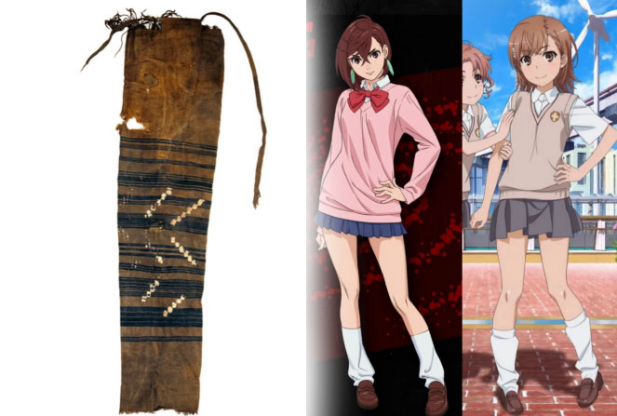
2. Kù (Trousers)
During the Spring and Autumn and Warring States periods, trousers already had a waistband, and this type of trousers was called “ku”. Take, for example, the cotton ku unearthed from the No.1 Chu Tomb at Mashan. The waistband was connected to the trouser legs, but the front and back crotches were not joined, and there was no fabric piece at the back waist, making them open-crotch pants.
Ku could not only provide warmth but also made activities like horseback riding more convenient, and it was less likely for one to accidentally expose themselves. It was truly wonderful.
During the Wei and Jin dynasties, a kind of outfit called “kuzhe (袴褶)” became popular. It consisted of a slightly longer upper garment paired with long trousers that had wide leg openings.
Since the appearance of this style, this form has been passed down. In the tomb of Huang Sheng (黄昇) from the Southern Song Dynasty, several pairs of open-crotch hanfu pants were discovered, and they were worn over closed-crotch pants.
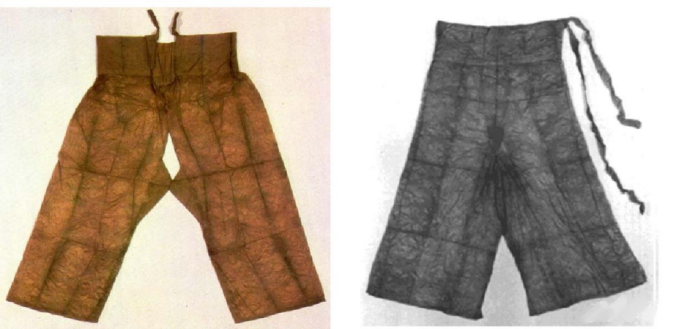
3. Kùn (Ancient Underpants)
Kun can be regarded as ancient underpants. They could be very short or reach around the knees. As stated in Shiming·Shiyi, “Kun means to thread through. It goes through both legs and is tied around the waist.” Kun was worn under a nightgown and not worn alone. In cold weather, it could be worn under “ku” which had a lining.
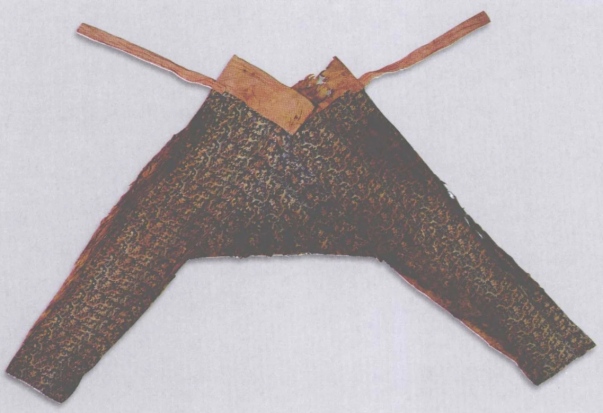
The spread of closed-crotch pants in the Central Plains region was roughly from the Spring and Autumn and Warring States periods to the Han Dynasty. Their appearance was due to the fact that jingyi only provided limited warmth. Especially in winter, the crotch area was quite cold. Just keeping the calves warm didn’t really serve much purpose. Jingyi could only be used as warm pants in spring and autumn.
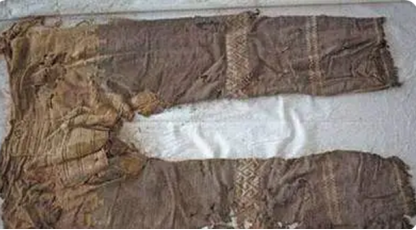
4. Dāng (A Special Type of Women’s Trousers in the Song Dynasty)
Dang was a type of women’s trousers with a special design that emerged in the Song Dynasty. Dang were closed-crotch pants with slits on both sides. The tie was on the right side of the waistband, and it was worn over kun and ku. Noblewomen would wear an apron outside the dang for coverage.
These types of trousers first emerged as jingyi for warmth. Gradually, influenced by ethnic minorities and due to the needs of military activities, trousers got a waistband, and ku was born.
Later, the crotch of open-crotch pants was sewn up, and kun (袴) appeared. When kun and ku were worn together, kun served the function of covering the private parts, while ku was more for keeping warm.
Ⅱ. Choice of pants
Of course, there are far more than just these types of Hanfu trousers. For example, the Hanfu sold on our website, such as Little Jasmine, features trousers in the style of lantern pants (similar to harem pants).
In ancient times, people could also choose different types of trousers according to various applicable scenarios. For instance, in scenarios like working or riding a horse, they could opt for lantern pants. But for formal occasions such as daily banquets and ceremonies, they might choose wide-legged trousers.
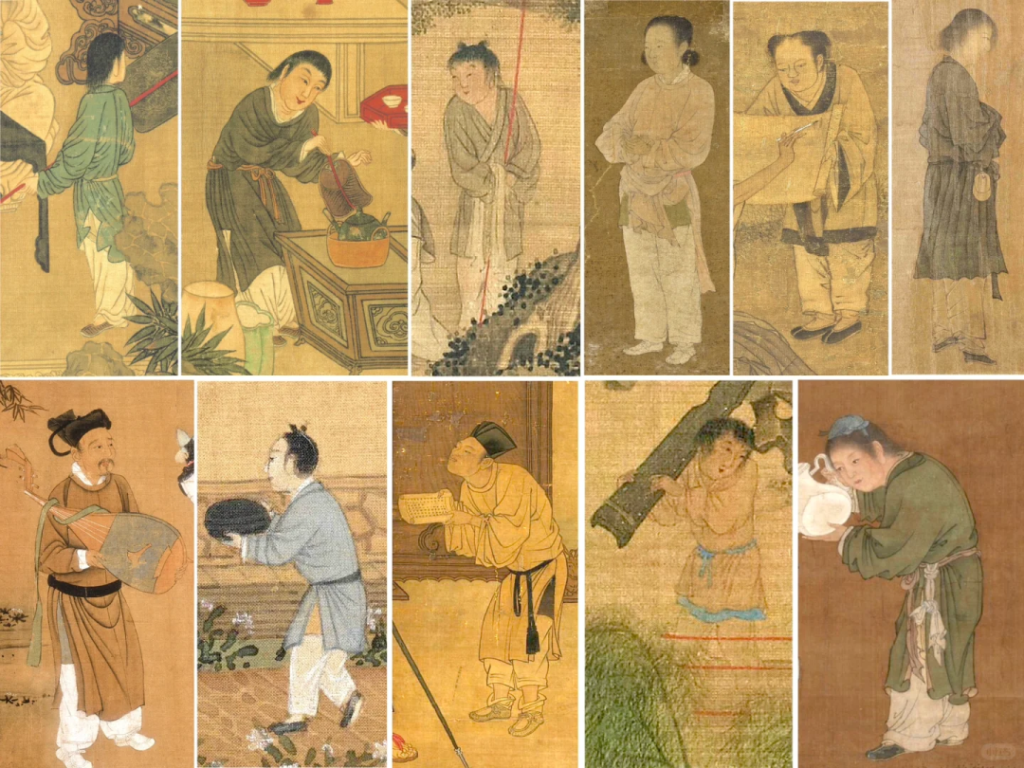
What’s more, in daily life, they could choose plain-colored trousers that were easy to replace. While in ceremonial situations, they could add some patterns and designs for better matching and to meet the etiquette requirements.
From the perspective of the Tang and Song dynasties, regardless of one’s social status, people basically wore a pair of trousers underneath their skirts or robes. Moreover, it was popular to decorate these trousers with patterns, and the popular patterns varied from period to period.
For example, influenced by the integration of local and Hu (ethnic minority) styles in the Tang Dynasty, both striped patterns and round floral patterns were in vogue simultaneously. In the Song Dynasty, however, delicate patterns of small flowers and grasses were popular, giving a stronger sense of the characteristics of that era.
Ⅲ. Why Trousers Were Not Highly Regarded
Actually, from the perspective of human anatomy, trousers are undoubtedly the most suitable bottom – wear for the human body. However, in ancient China, where the concept of “upper garment and lower skirt” was highly esteemed, people mainly wore skirts on their lower bodies, or one – piece garments like shenyi (a kind of long robe) and paoshan (long gowns). For a long time in history, trousers may well have been considered inappropriate for formal occasions.
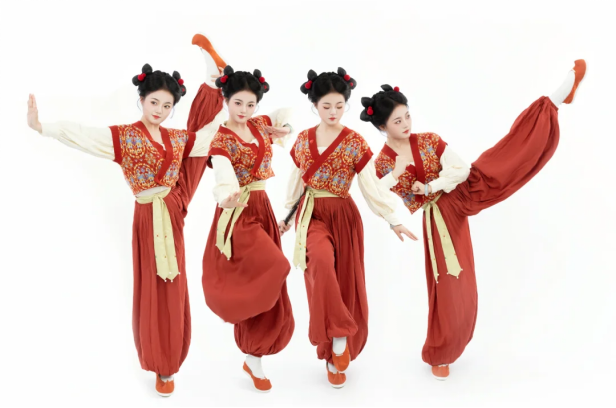
As a country renowned for its elegant attire and rich etiquette, the Chinese nation had well – covered and culturally profound clothing. There were corresponding dress codes for different ceremonial occasions. Trousers, which allowed the “legs to be separated”, were regarded as vulgar clothing worn by the lower – class and uncivilized barbarians. People of status and rank looked down upon wearing them. (Looking back, this kind of thinking was rather arrogant, and we don’t recommend you think this way.)
Ⅳ. The Relationship Between Trousers and Social Class
If people wore trousers for warmth, they still had to cover them up thoroughly with garments and hanfu skirts. Especially in ceremonial settings, showing one’s trousers was considered extremely impolite and even humiliating, just like the case of jingyi.
In ancient times, farmers, servants, and other people of low social status usually wore short jackets on the upper body and closed – crotch trousers on the lower body. This outfit was called “shuhè (裋褐)”. People dressed like this often had to do manual labor. Wearing too many layers of clothing was cumbersome, affected work efficiency, and made it easy to get the clothes dirty. Moreover, they didn’t have the means to wear an additional skirt over their trousers.
Military personnel often wore closed – crotch trousers, which were convenient for military operations.
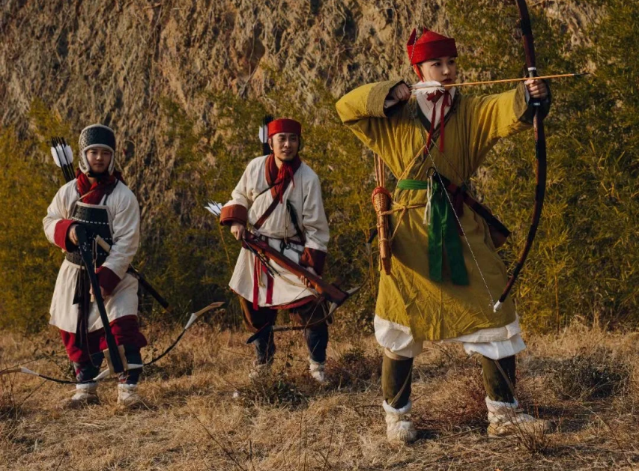
However, for the sons of wealthy families, even the trousers they wore underneath, which no one could see, were made of precious silk fabrics such as silk gauze, damask, brocade, figured silk, and fine silk. It could be regarded as a form of understated luxury.
Ⅴ. Trousers and the Sense of Shame
In the story of Jing Ke Assassinating the King of Qin, after the failed assassination attempt, Jing Ke leaned against a pillar, sat on the ground with his legs spread out like a winnowing basket, laughing and cursing, and was then killed. This sitting posture of “sitting with legs spread wide” was an extremely vulgar and insulting act at that time. When Jing Ke “sat with legs spread wide and cursed”, perhaps no amount of cursing could be as insulting as sitting in such a posture and exposing his body in front of so many people.
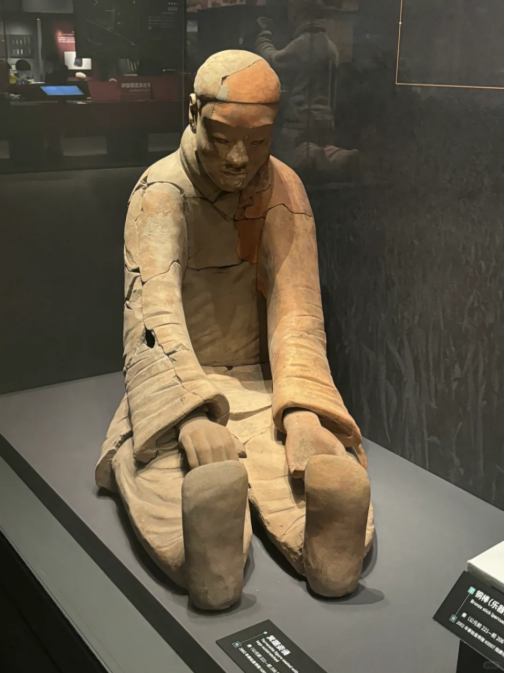
During the low point of Sima Xiangru’s life, he once visited the wealthy Zhuo Wangsun’s house in Linqiong, Sichuan. At the banquet, Sima Xiangru played a piece titled Phoenix Seeks the Phoenix (《凤求凰》), which stirred the heart of Zhuo Wenjun, Zhuo Wangsun’s beautiful daughter-in-law. The two eloped to Chengdu under the cover of night. However, Sima Xiangru was extremely poor, with his home being almost bare. Their passionate love had to confront the harsh reality. Finally, driven by their difficult living situation, the two returned to Linqiong. But the humiliated father-in-law swore never to offer them any help.
As a result, the young couple had to find a way to make a living on their own, so they opened a tavern. Zhuo Wenjun, with her beauty, greeted and served customers at the front counter. Meanwhile, Sima Xiangru put on a kind of short apron-like trousers called “dubikun (犊鼻裈, it is equivalent to the underpants of modern people)” and washed the wine utensils together with the hired workers in the busy marketplace.
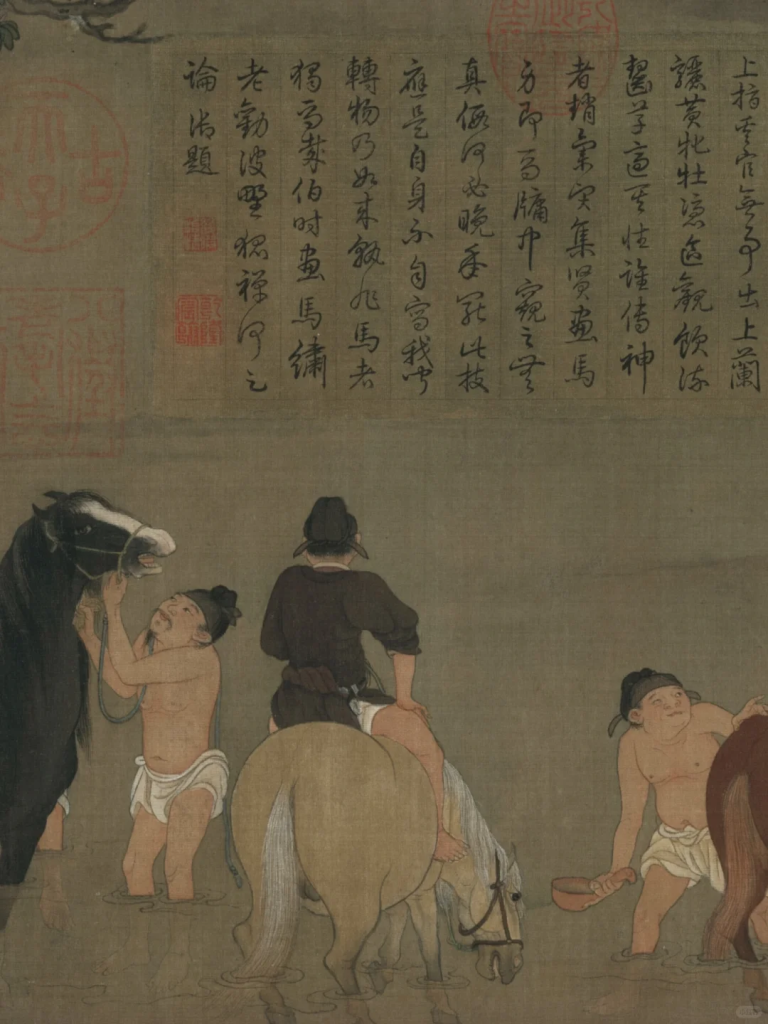
This was a direct slap in the face of his father-in-law. Zhuo Wangsun was so angry that he stayed indoors all day long. In the end, having no other choice, he gave his daughter and son-in-law a large sum of money and a hundred servants. Then the couple returned to Chengdu, bought land and a house, and lived a happy life ever after. 🥰
Summary
In fact, when it comes to trousers, they are always associated with working people, soldiers, and others who do manual labor. However, during the Middle Ages, Europeans turned trousers into a standard part of a gentleman’s attire. Around the 18th century, breeches paired with long stockings and leather boots became the mainstream fashion in society at that time, exuding great masculine charm.
The wrinkles in the fabric of trousers fold within them the distinct narratives of different civilizations. “Trousers” are closely intertwined with ancient Chinese culture. Although the traces they left in the ancient classics cannot be described as “extremely prominent”, they are indeed “indispensable”.
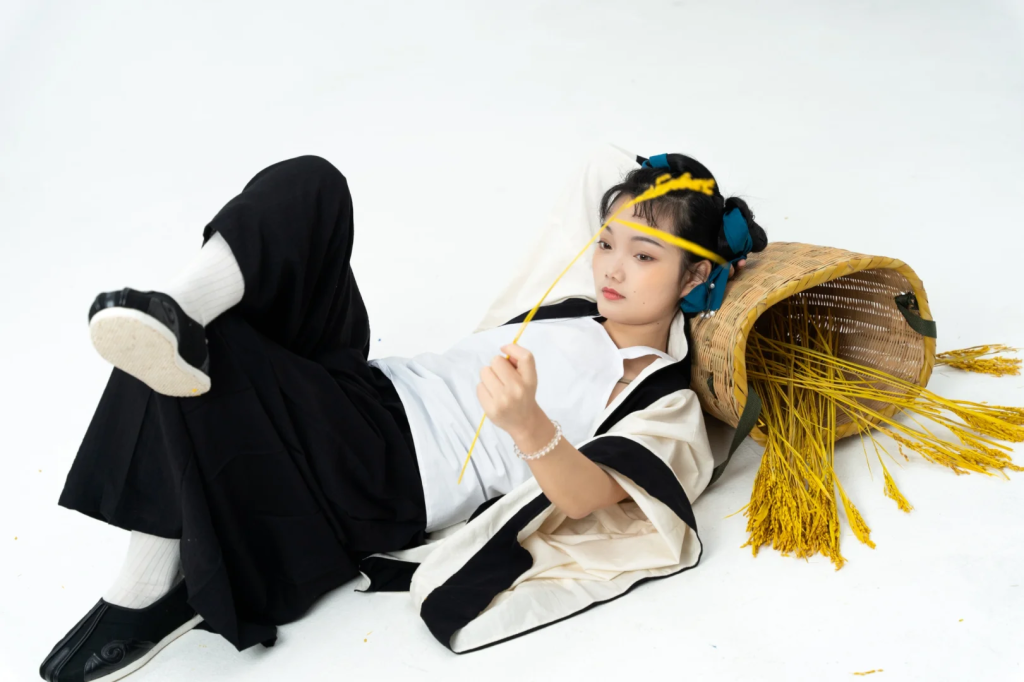
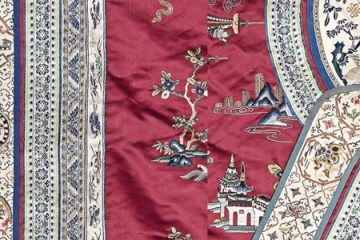
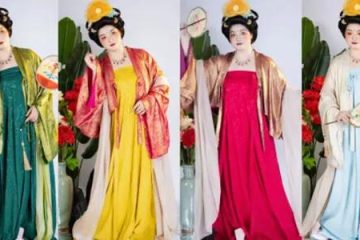
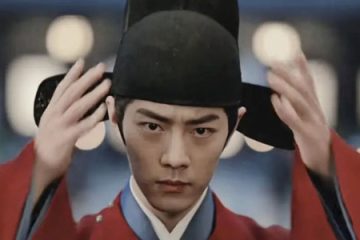
0 Comments